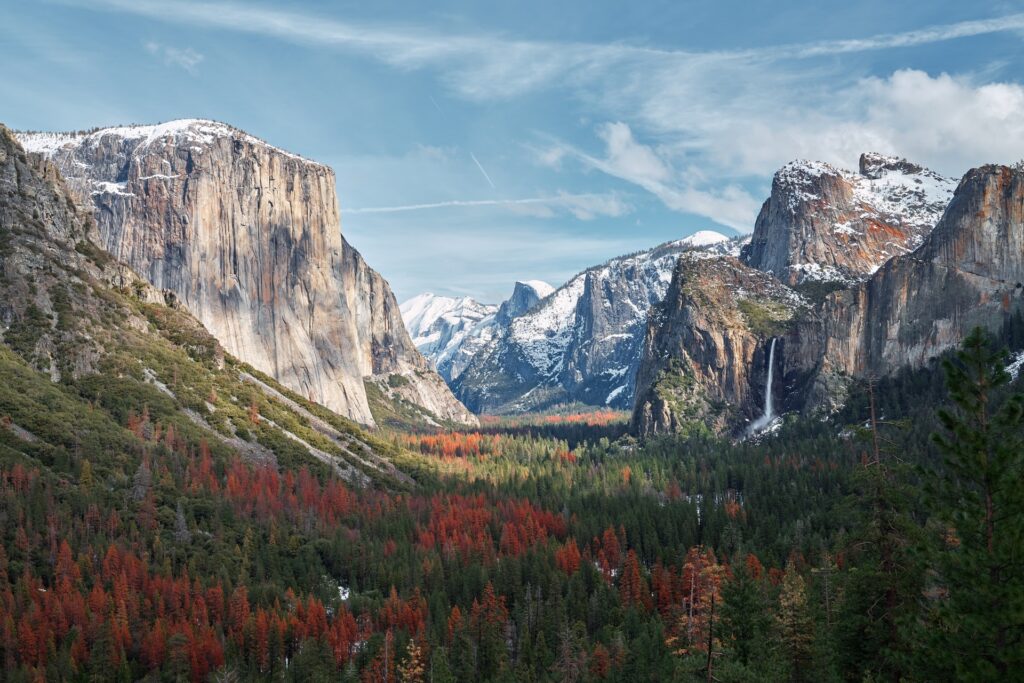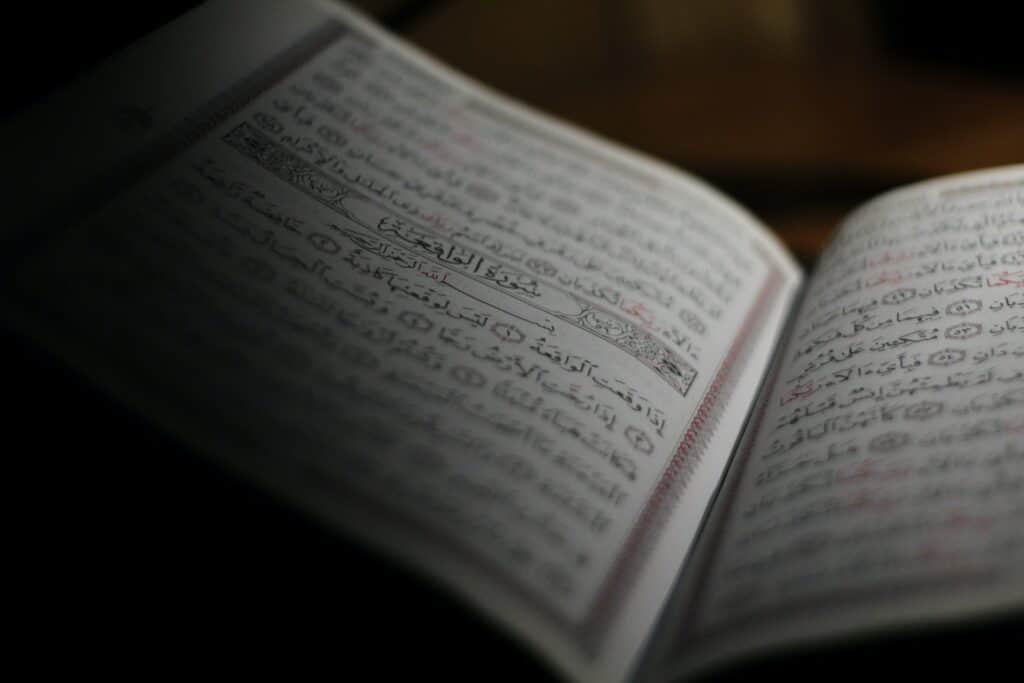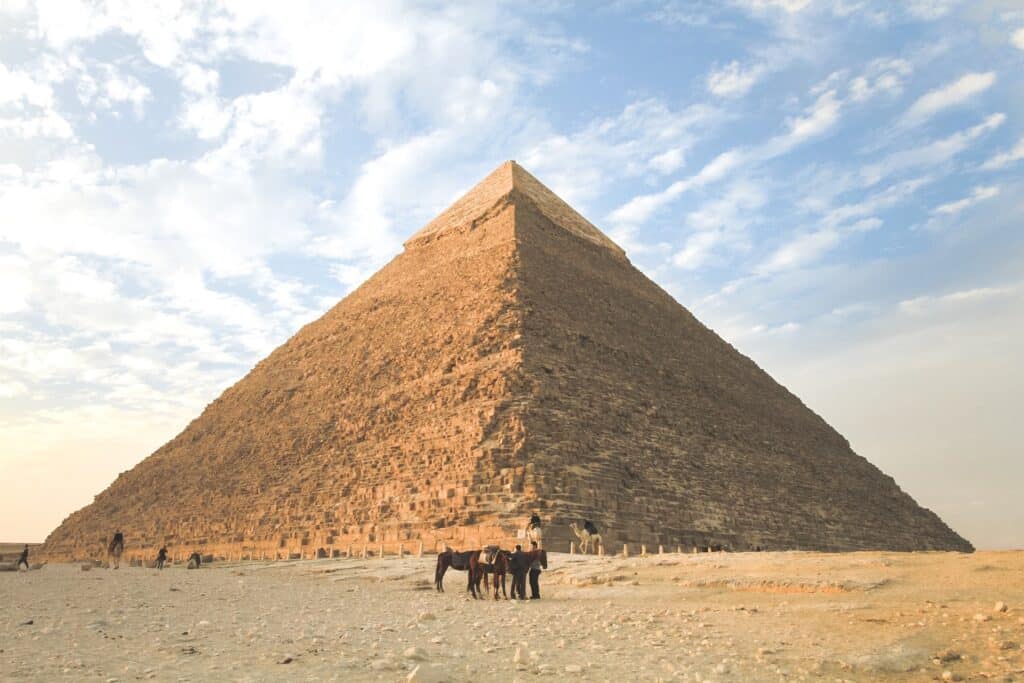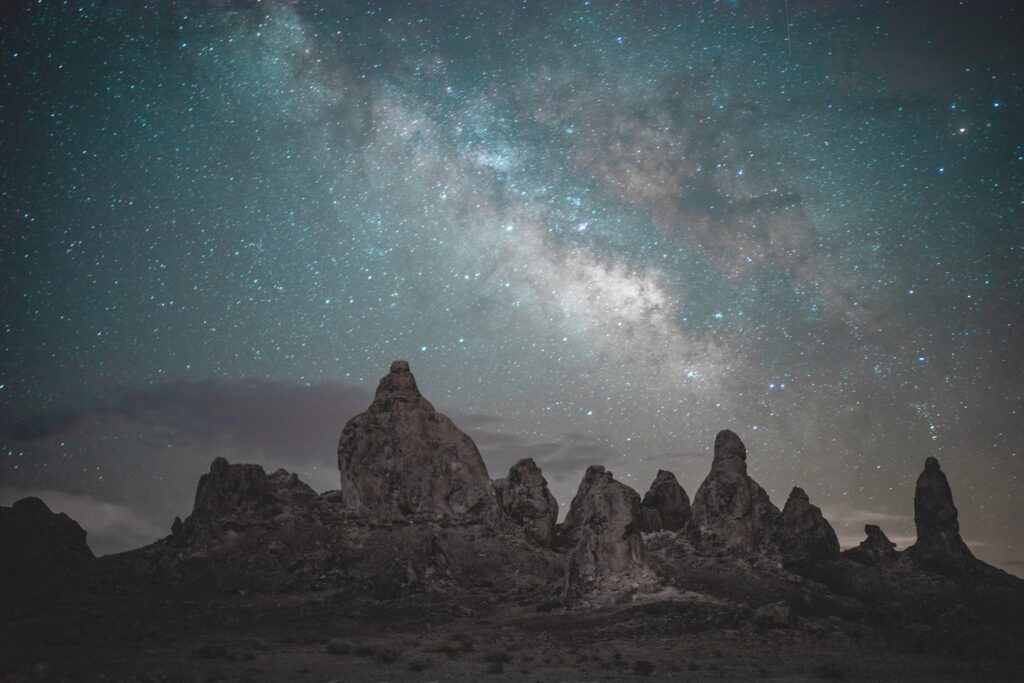How is a holy text like the mountains? And what do stars have in common with religious scripture?
It’s not hard to find scriptural references to earth and sky. But that’s not what I’m talking about. I’m talking about how the written word of God, according to Muslims, is actually like the mountains and stars in both form and meaning.
It’s probably just easier to tell you about the conversation I had with some good friends about five years ago.
It was the fall of 2015 and we were up early, huddled around the remnant of a small campfire in California’s eastern Sierra. The fire was mostly ashy embers, but it threw heat and trailed smoke and it was all we needed to take the chill out of our hands and faces as we talked.
All around us were great granite walls, studded with tall conifers, and framing a gem of a lake known by the locals as Toe Jam. It’s a stunningly beautiful place and as we sat talking one of us realized that the entire vista was composed of only four colors: there was the slate-grey of the rock, the brown of the earth, the green of the trees, and the blue of the sky and lake.
The limited palette was expanded by the numerous shades and gradients of these colors, but also by the vista which had no predictable symmetry but offered instead a perpetual unfolding. The longer and farther you looked, the more you saw. And while you might guess that the granite and trees would continue beyond your vision, it was impossible to anticipate any detail unless you spent time there examining. Because it is only time in that place that will initiate you into a world of breathless discovery. Patient observation is rewarded with wonderful surprises- maybe a tree springing from a crack in the stone or a patch of tall grasses along the lake’s edge.
It was just four basic colors arranged in no immediately discernible pattern and every one of us was utterly entranced by the vision. There is, in the vista itself, an invitation to contemplate, to sit, to listen, and to watch. And it wasn’t just us feeling that way. I can say with some confidence that a day spent sitting on the banks of an alpine lake will fill your heart and soul with every bit of the awesome serenity that we felt on that day.
And one of these men, Adeel is his name, he remarked that this, to him, was very much like the Qur’an, the foundational text of Islam. Its assembly is not at all in keeping with the superficial symmetry and balance that is the mark of human creation.
The uninitiated critics of the Qur’an will talk about its disjointed structure, its anachronisms, the use of words which are unintelligible or even the replacement of words and sentences entirely by fragments and letters. The Qur’an is not linear in its construction, though, loosely, it can be said that longer chapters are organized ahead of shorter ones. But this misses a fundamental reality.
Specifically that the basic unit of the Qur’anic text is not the chapter, but the verse, or what we call in Arabic the ayah, which doesn’t mean verse at all. An ayah is a sign. It’s a symbol. Every word, every letter in the Qur’an is a sign.
Now, this is true for the Qur’an in ways other than the obvious symbolism common to all language, where letters strung together in certain ways form words which conjure, in a kind of synesthesic flash, images in the mind and feelings in the heart.
There is something special, something magical about putting together letters, H-O-R-S-E, horse, for example, and seeing suddenly in your mind’s eye some great riding beast.
But beyond this phenomena which is common to all language, the singular eloquence and unique arrangement of the Qur’an remains a kind of meta-ayah. The existence of the Qur’an in the form that we have received it is in itself a sign.
And that word we use, ayah, it refers to anything that can be taken as a sign or a symbol, anything that is a representation of another thing beyond itself. And as symbol, we can start to appreciate how a book might be like the mountains and stars.
You see, when humans make a thing, we strive for immediate comprehension. We are an impatient creature and so we build things like the Taj Mahal or the Pyramids or we write books that have a beginning, a middle and an end, a structure that is immediately accessible, a design that can be understood in an instant, a trajectory that is utterly formulaic and predictable.
Now, there are artists and creatives who reject these norms and push into avant-garde territory, but this is most often undertaken with the express intent to unsettle or otherwise disturb the audience. They want to agitate and to raise questions and they do so through a kind of aesthetic provocation.
How different is the Divine asymmetry of creation, that it so powerfully inspires inquiry not through agitation but through the soothing mystery of rock, earth, tree, and sky brought together in a miraculous abstract simultaneously taken in by the senses even while calming them.
“Verily in the remembrance of God do hearts find rest.” Q13:28
But God doesn’t even need colors.
Go and visit the desert on a moonless night and look up. And there you will see the inky black of space absolutely shot through with the brilliant white light of a million stars. Again, we marvel at the lack of symmetry, the apparent randomness of those celestial lights. One part of the sky might be dark and sparse, while another area is a glimmering curtain of scintillating radiance.
But if you spend enough time under those stars, if you spend enough time at that alpine lake, you will start to see patterns. Those grasses that you observed along the bank will not be found at the tops of those granite spires. That cluster of stars that you see will move slowly across the night sky with a shocking precision that will allow you to both keep time and navigate unchartered waters. These things are telling you something, but they are not messages that you will catch at first.
You will have to sit and watch and listen. You will have to come back at another time, when you are older, when you have more experience, perhaps in a different season. And then you will see more, you will learn more, you will understand more with every visit, with every extended period of quiet contemplation.
Yes. The Qur’an isn’t like other books. It is Divine and it bears the mark of Divinity that is apparent in all created things: infinite mystery just below an accessible surface, mysteries that are completely inaccessible to those unwilling to spend the time visiting and sitting with the book, as we are invited to do across all seasons over a lifetime.
The ninth lunar month of the Islamic calendar is called Ramadan. And while we are encouraged to engage the Qur’an at all times, Ramadan is a month designated for intense acquaintance with the book. And with the lunar calendar coming up ten or eleven days shorter than the solar calendar, over an approximate thirty-year span, Ramadan will travel backward across every season allowing us to encounter our sacred text at regular intervals as we grow and as our literal place in the universe shifts.
“And He it is Who created the night and the day and the sun and the moon; all travel along swiftly in their celestial spheres.” Q21:33
And in considering celestial matters, the starry night brings for the ignorant and rash only cold and bewilderment. But for the learned, the dark sky offers guidance and repose.
And like the wild places that, with frequent visits and patient observation, begin to yield treasures in the form of provision and shelter and lessons uncountable, so too does this wild book, the Holy Qur’an, relinquish her secrets to those who approach the sacred text with reverence and humility.
And while there will always be those men and women who set into the woods woefully unprepared and find some perceived flaw in the fabric of the elements upon which to hang their misery, there is no intelligent person among us that will, after hearing about their misfortune, sit in judgement upon the trees and the sky.
Because the intelligent person is the one who comes to understand that these mountains, these stars, and this Divine Book are, in reality the Criterion against which we measure ourselves.
Leave a comment below for posterity or join us in the D&T Chautaqua Discord to discuss this post with other adventurous spirits from around the world.




Beautiful and profound reflection, Sidi
I really appreciate the feedback, brother! Nothing like the validation that comes from the people you respect the most, al-hamdu lillah.